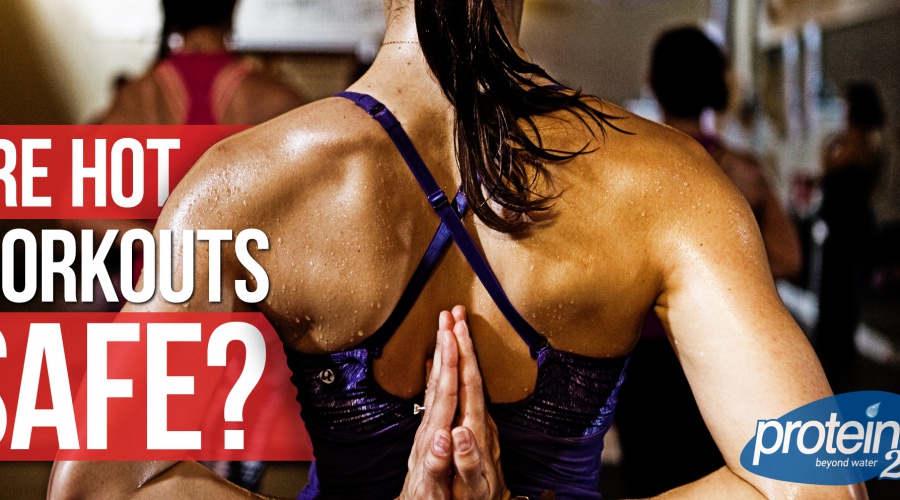Imagine sitting in a yoga class and sweating profusely, where the temperature reaches more than 100 °F. No, the air conditioner isn’t on the fritz. You’re in a Bikram Yoga class, and the extreme heat – up to 105 °F – is part of the experience.
Developed in the 1970s, Bikram Yoga is named for its creator, Bikram Choudhury. Classes run for 90 minutes and take postures from traditional hatha yoga poses. According to Choudhury, the extreme temperature is supposed to make you feel like you’re in an Indian climate.
Is it Safe to Turn Up the Heat?
Exercise provides innumerable benefits to your health and mental wellbeing. However, a little research on your chosen exercise program is a good idea whether you’re an expert or a novice.
If you’re excited to try Bikram Yoga, the American Council on Exercise (ACE) says it’s safe. According to a recent study, subjects participating in a hot yoga class didn’t experience radically higher heart rates or core temperatures.
However, take caution with hot workouts if you have high blood pressure or are pregnant.
Are You Getting a Better Workout?
If you’re struggling to find the willpower to exercise, adding extreme heat to the experience might not act as the greatest motivator. Is it worth it to look like you just stepped out of a swimming pool after a yoga class?
A study conducted at Colorado State University concluded hot yoga offered fitness benefits, but that participants weren’t burning as many calories as they believed.
Exercising Safely in the Heat
Extreme heat is a killer. Exercising when temperatures climb is doable, but you need to practice caution. You probably don’t need a professional to tell you that staying hydrated is essential for avoiding heat-related injuries.
Drink before your hot yoga class, and drink during class, too. The same goes for any workout where you expect high temperatures, like a run when the temperature is above 90 °F, and it’s humid.



